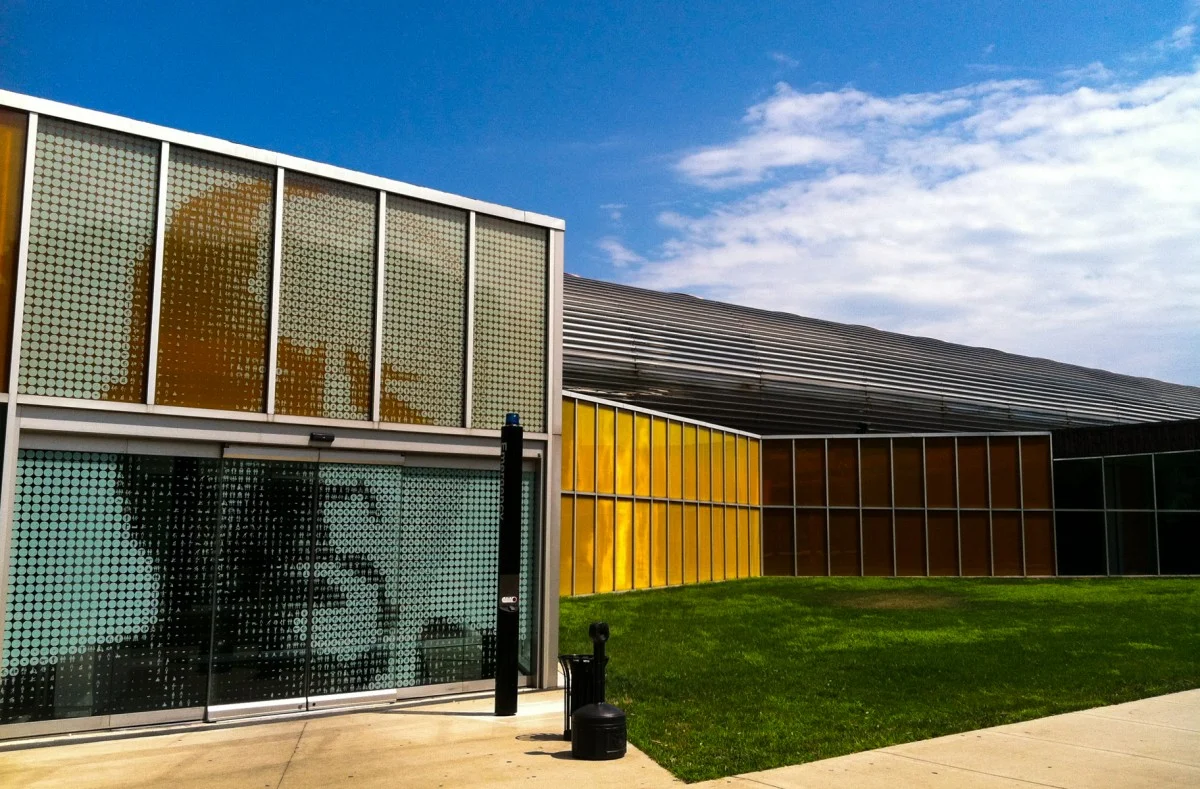
I'd always thought it should have been Frank Lloyd Wright who said, "God is in the details," not Ludwig Mies van der Rohe (immortalized in glass at the IIT McCormick Student Center by Rem Koolhaas).
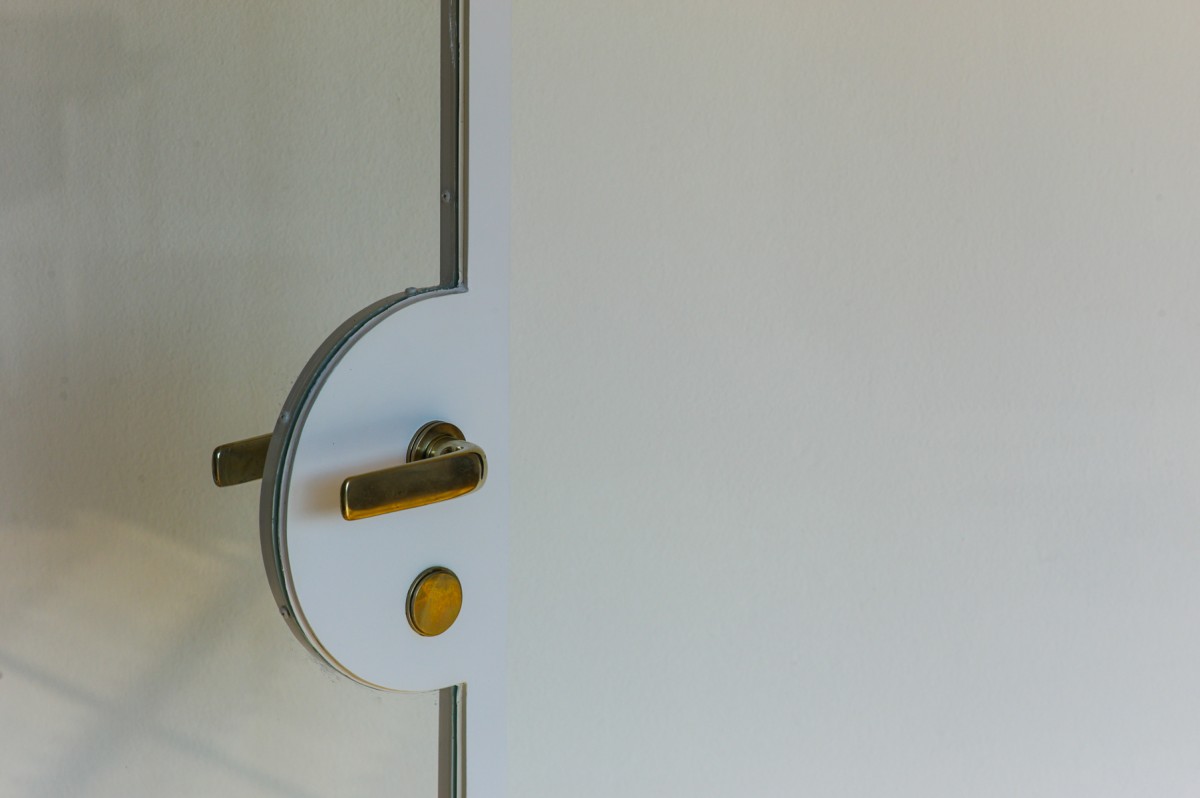
But then I grew up a little, at least as a looker of architecture, and I realized that in refining his work to the smallest, most elegantly restrained details, Mies had a point.
Door detail, Lemke House, Berlin (1933)
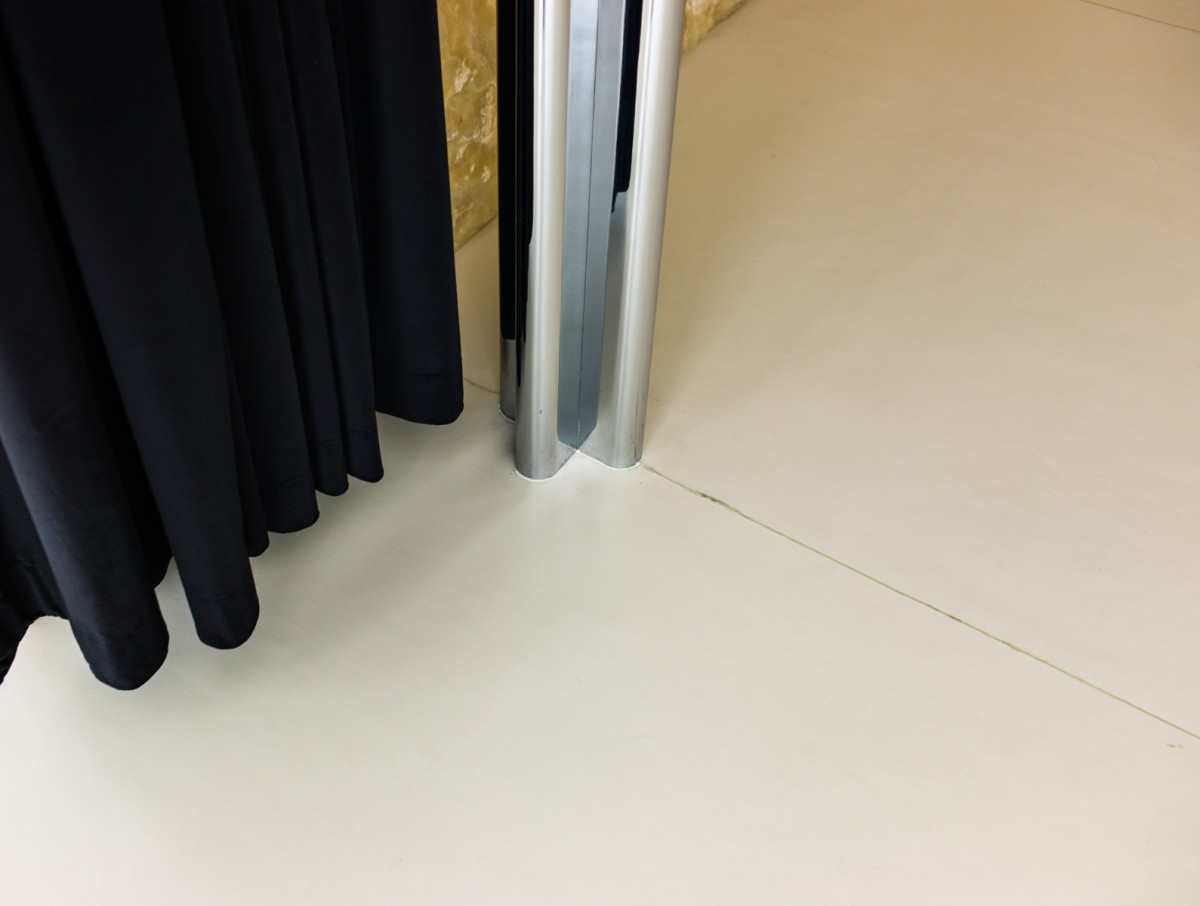
Living Room Column and Curtain Detail, Tugendhat House, Brno

Detail, Lemke House
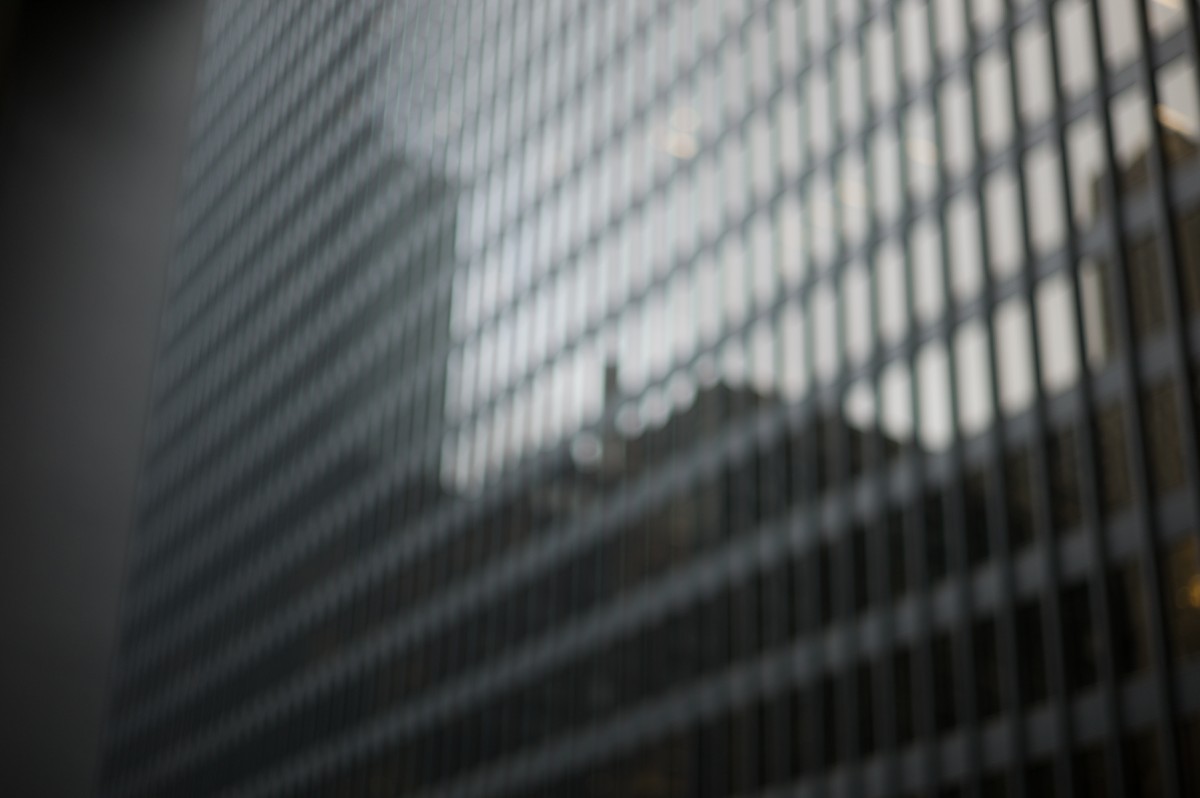
Finding something new to photograph in Mies' work can seem a challenge, because all four sides are usually alike. To the casual observer, many of his buildings appear as perfect copies of each other.
Detail in B+W, Federal Center, Chicago
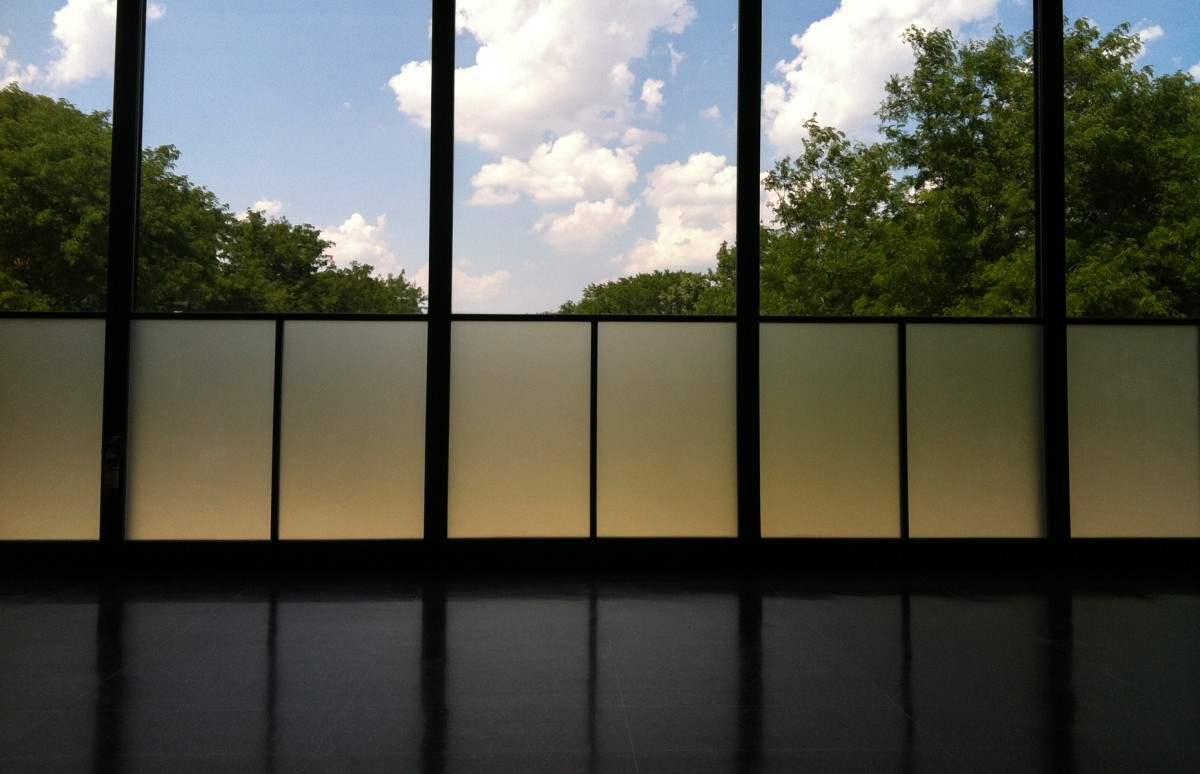
But there is beauty and serenity to be discovered in the rhythm of regularity and conformity.
Landscape as Seen from Crown Hall, Chicago
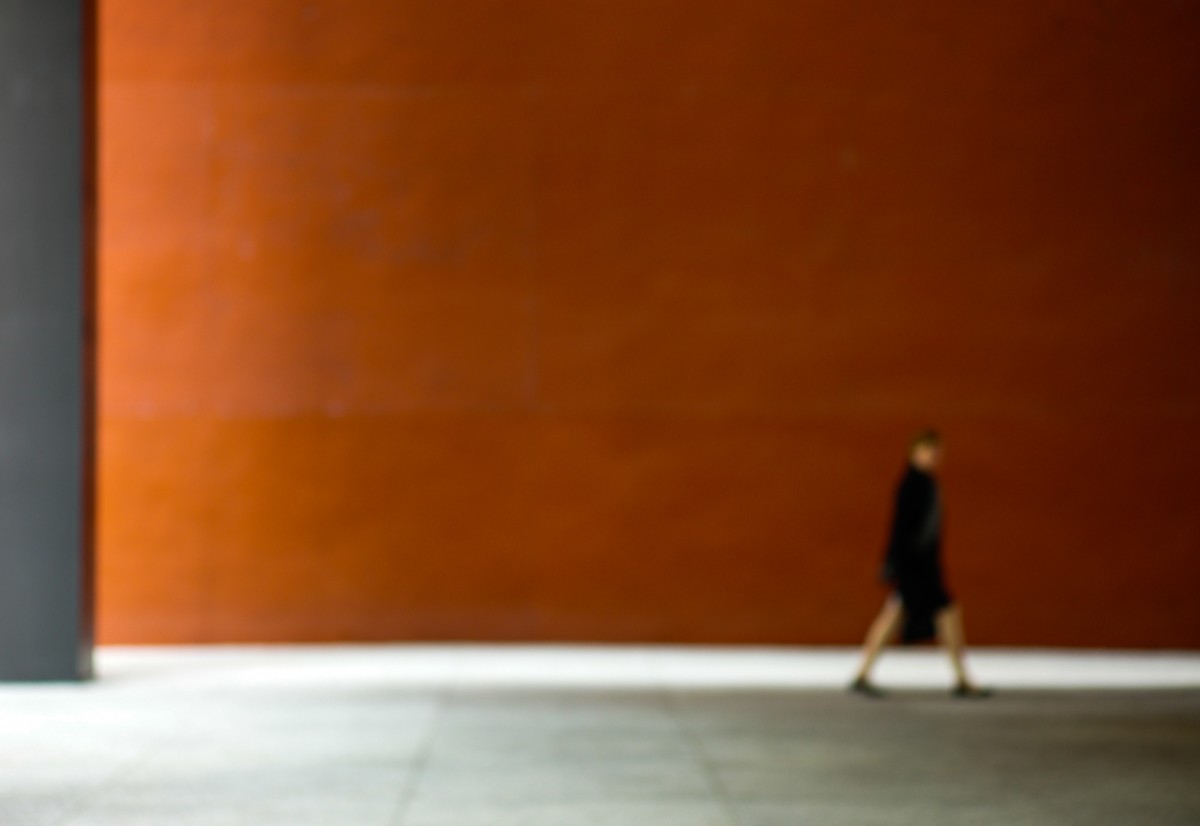
Figure Against Orange Wall/2
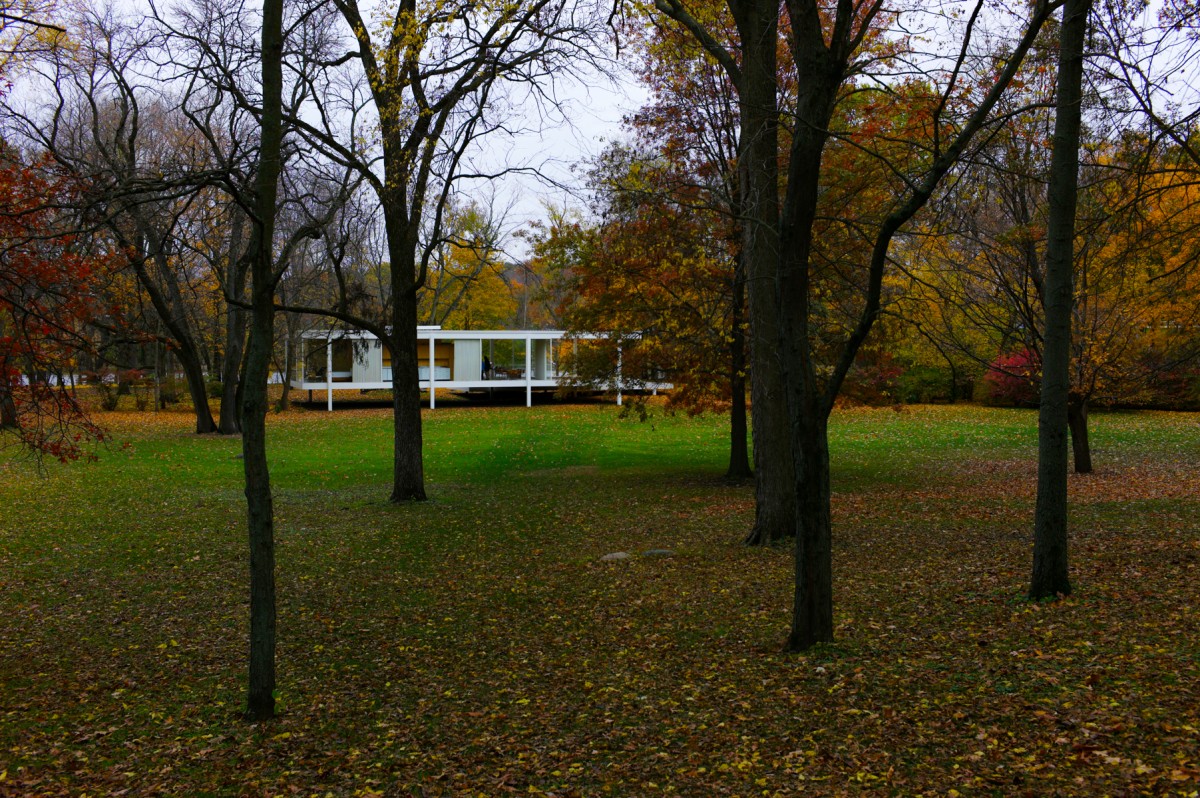
At Mies' iconic Farnsworth House outside Chicago, the details in which the Almighty resides are everywhere. They've been captured in photographs countless times. What else is there to find?
“They happened upon a strange-looking house in a field.”
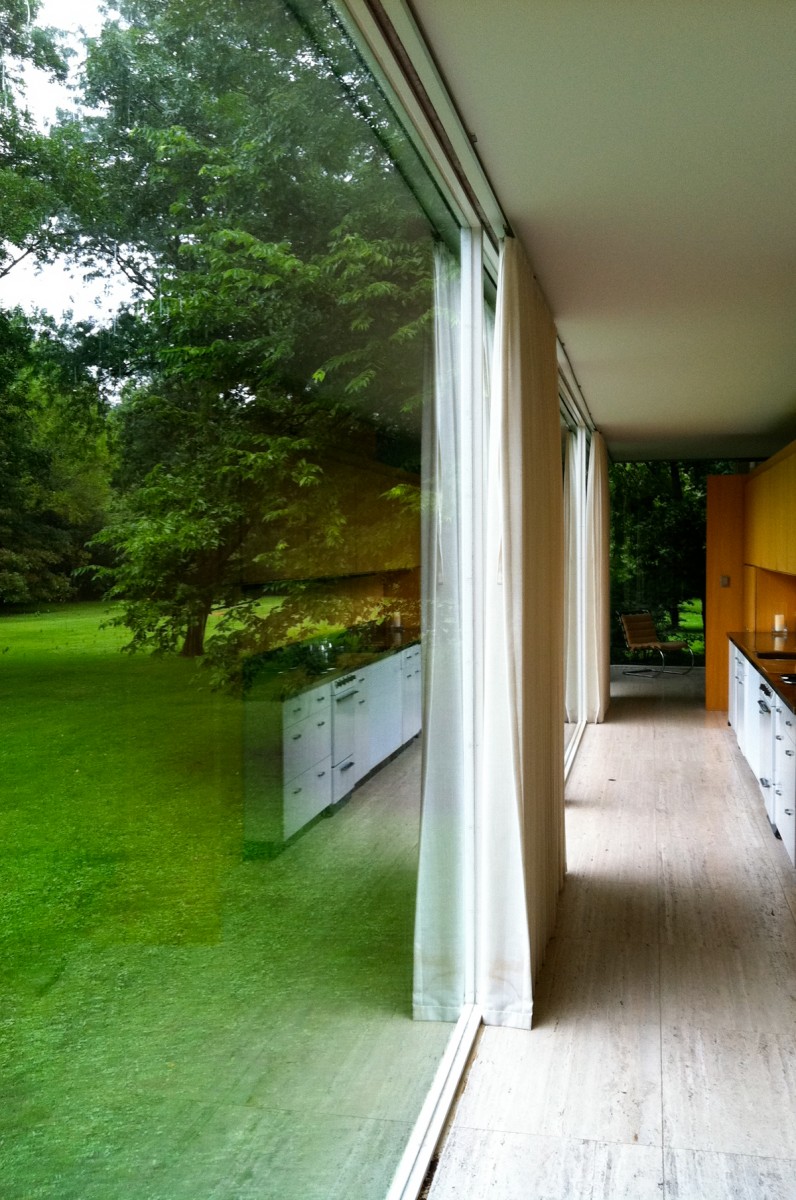
Doppelganger: Kitchen
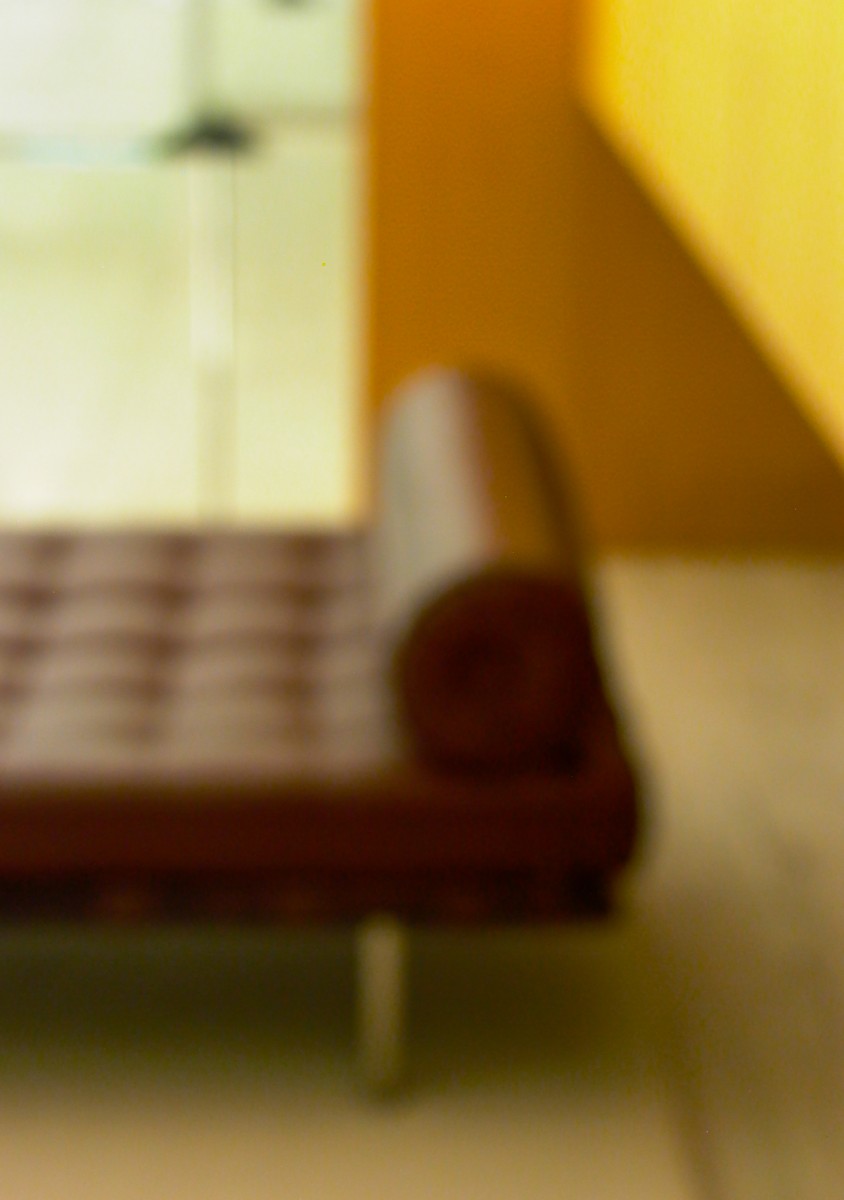
Barcelona Daybed in Farnsworth House
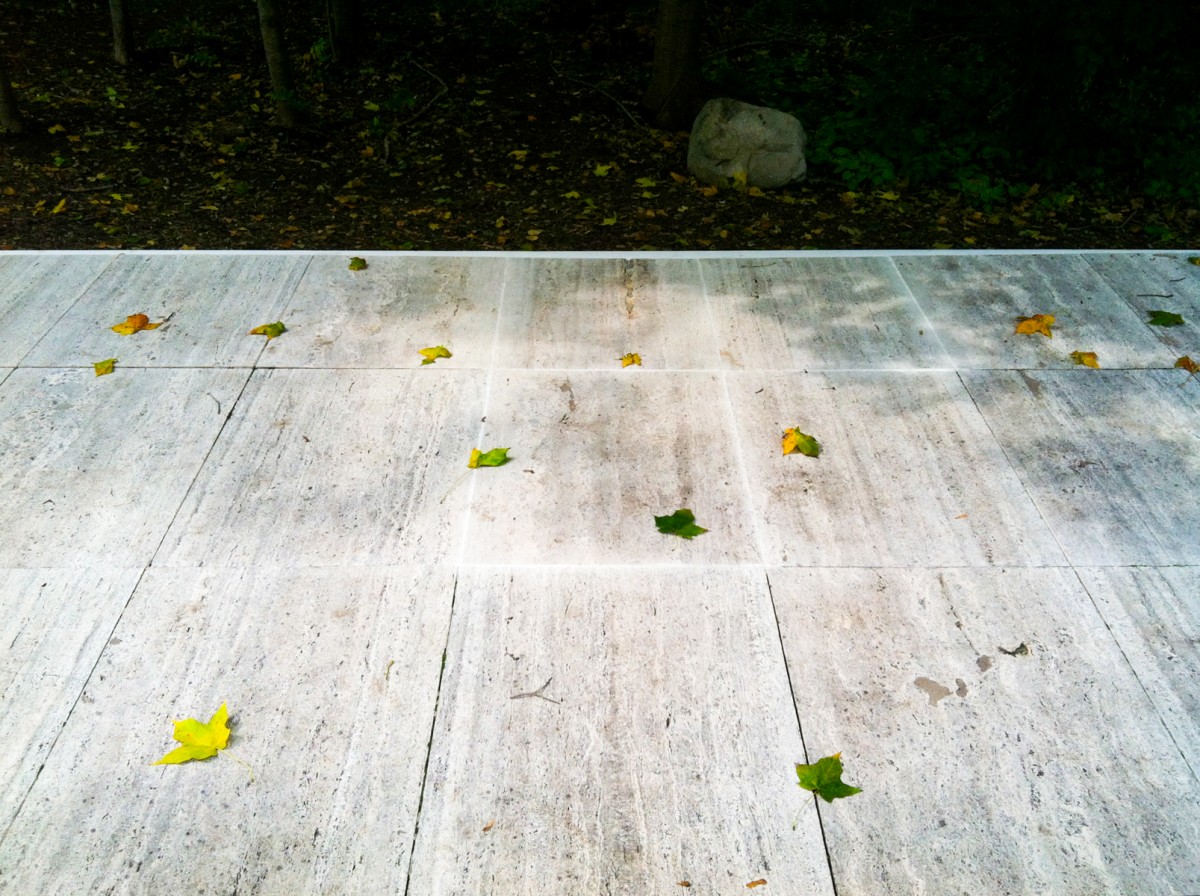
Leaves on Travertine
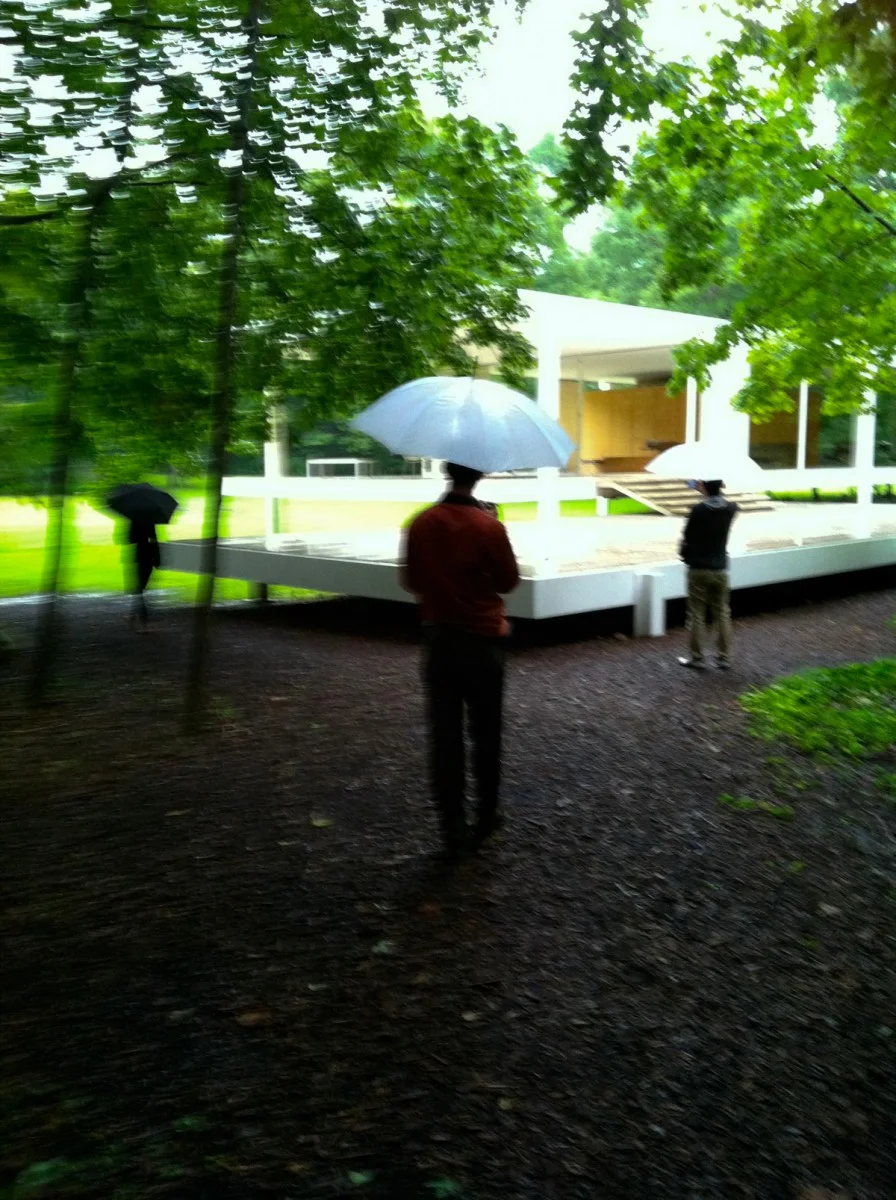
White Umbrellas and Steel
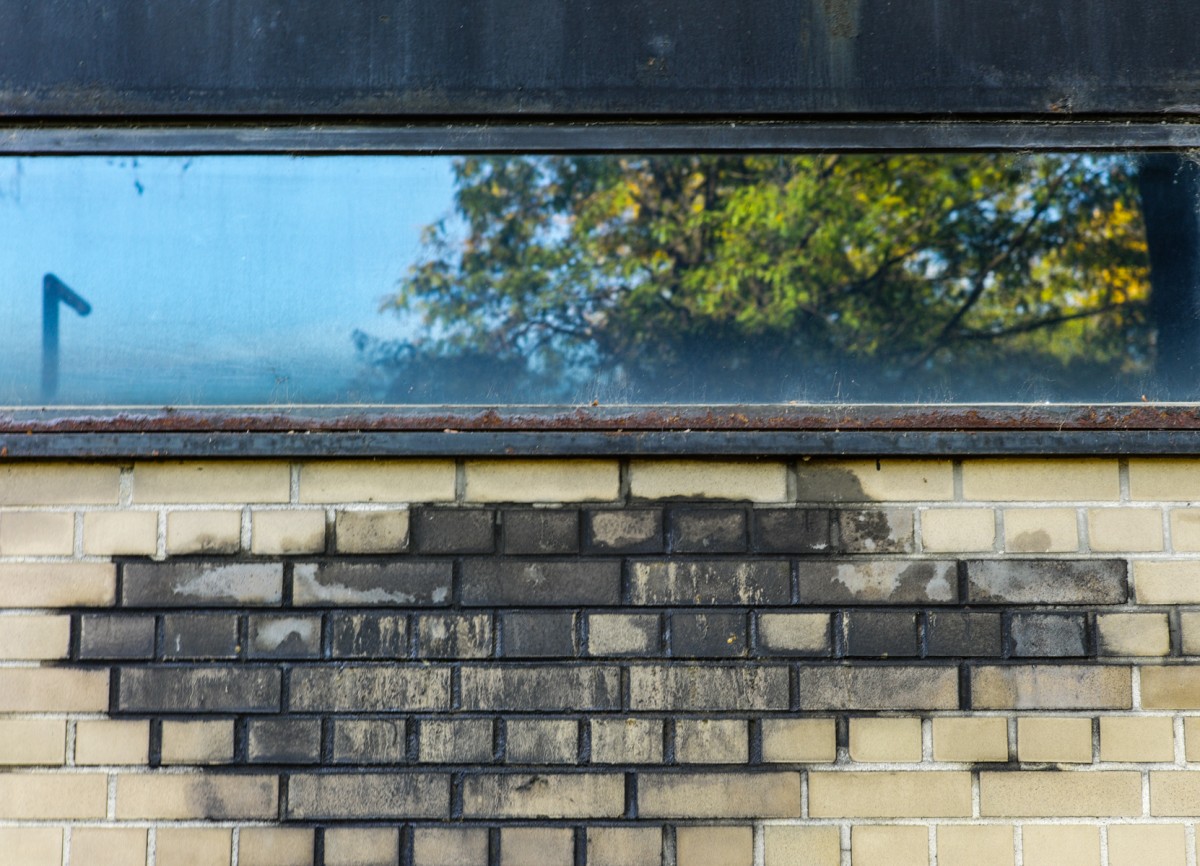
Some of his buildings at the Illinois Institute of Technology in Chicago, where Mies was Dean of Architecture, are showing their age. But there is something striking about the imperfection of perfection.
Building detail, IIT
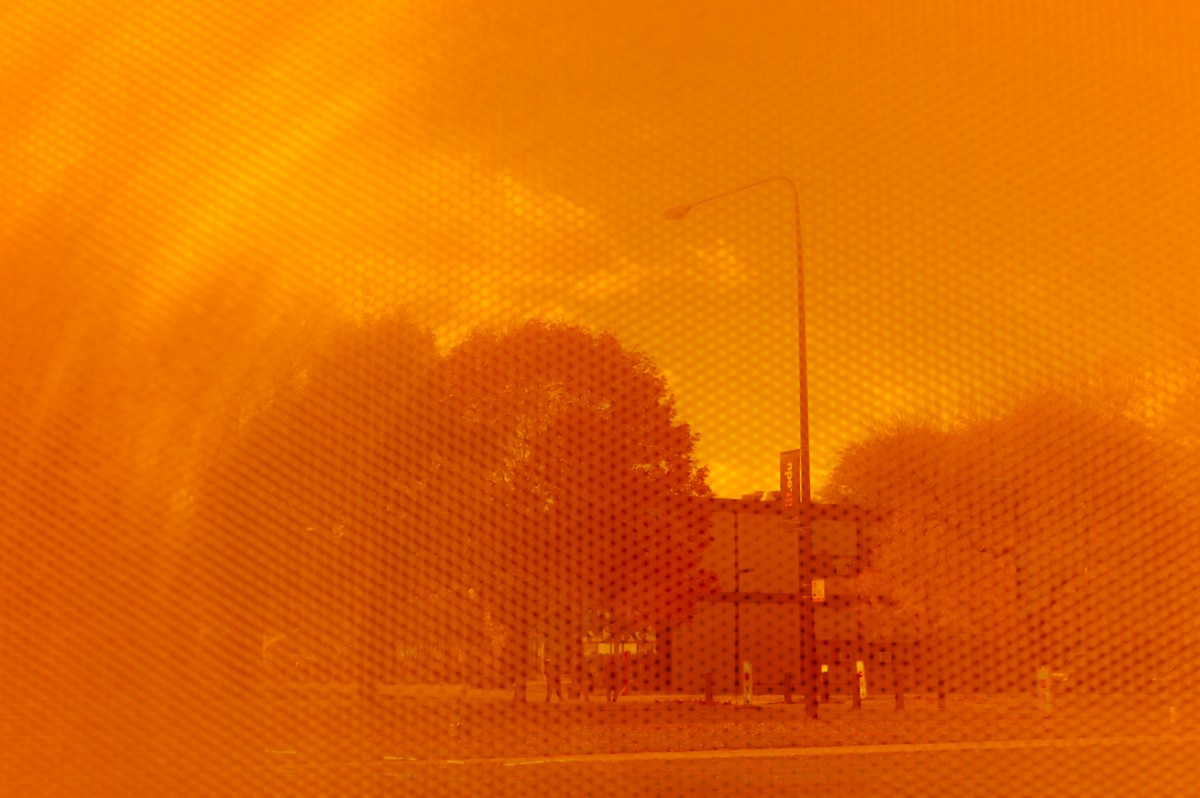
Through the orange-colored glass of Koolhaas, Mies' rigid old buildings soften, gaining back some of their youthfulness.
Mies through Filtered Orange
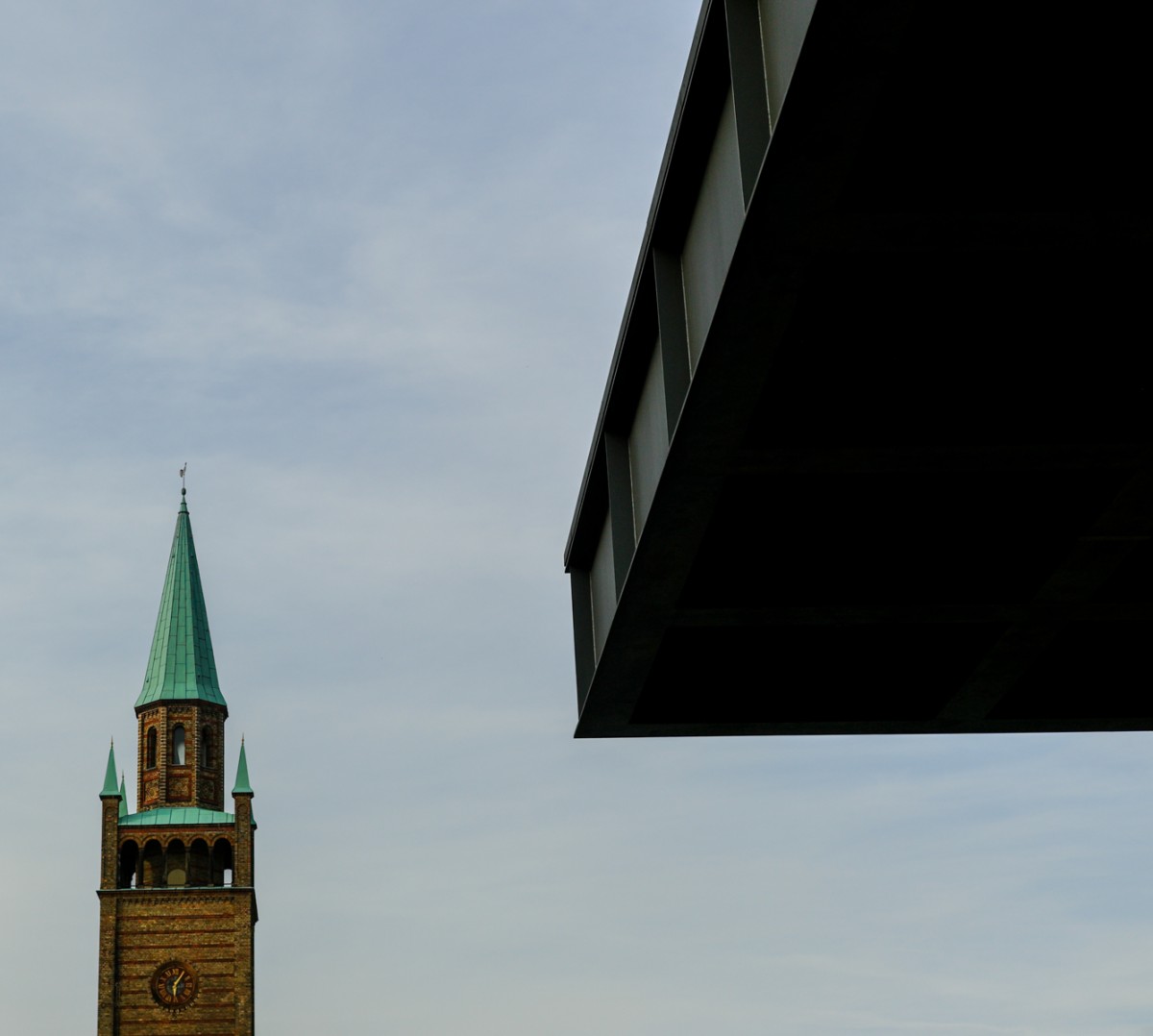
Mies' final building in his lifetime was the Neue Nationalgalerie in Berlin, opened in 1968, a year before his death. A temple for art, and one might say a monument for its architect, its massive 1250-ton roof gazes intently at an elder, more ornate, devoutly religious neighbor.
Where does God really live?
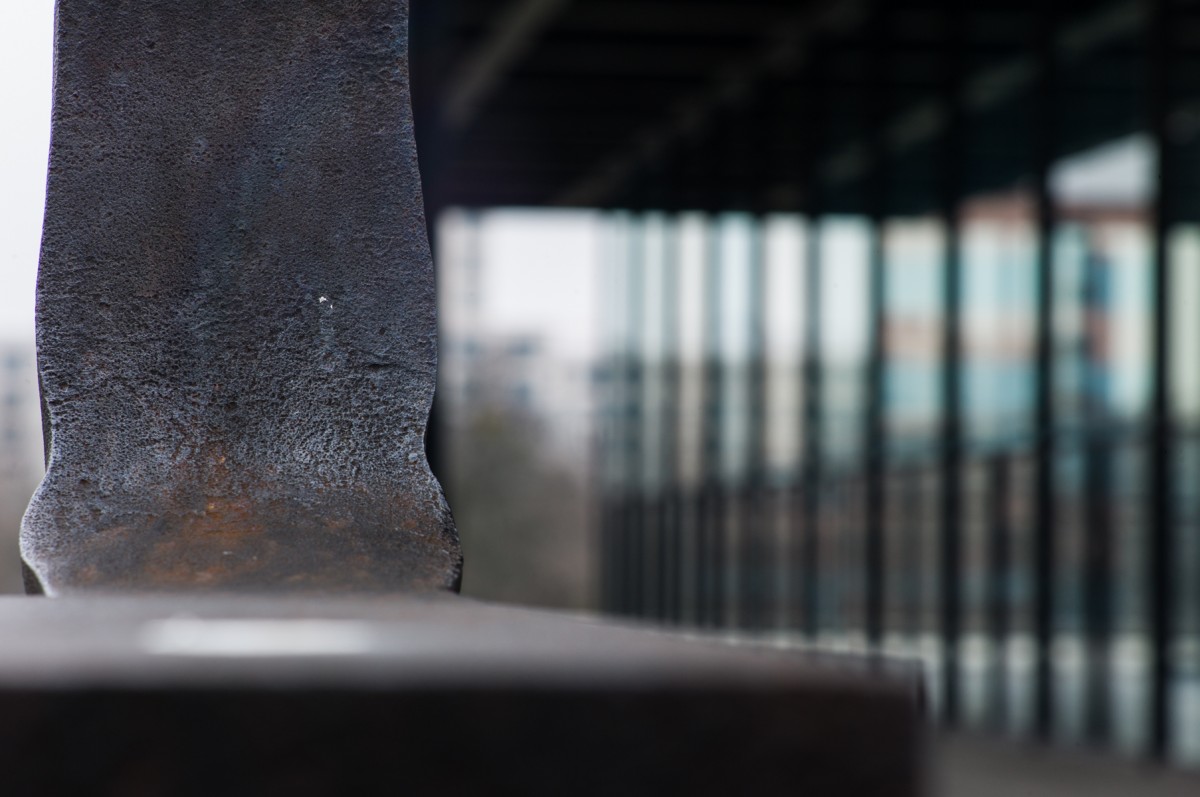
The building's unrelenting glass pattern interacts with surrounding sculpture on the huge plaza inspired by Karl Friedrich Schinkel.
Details: Neue Nationalgalerie, Berlin
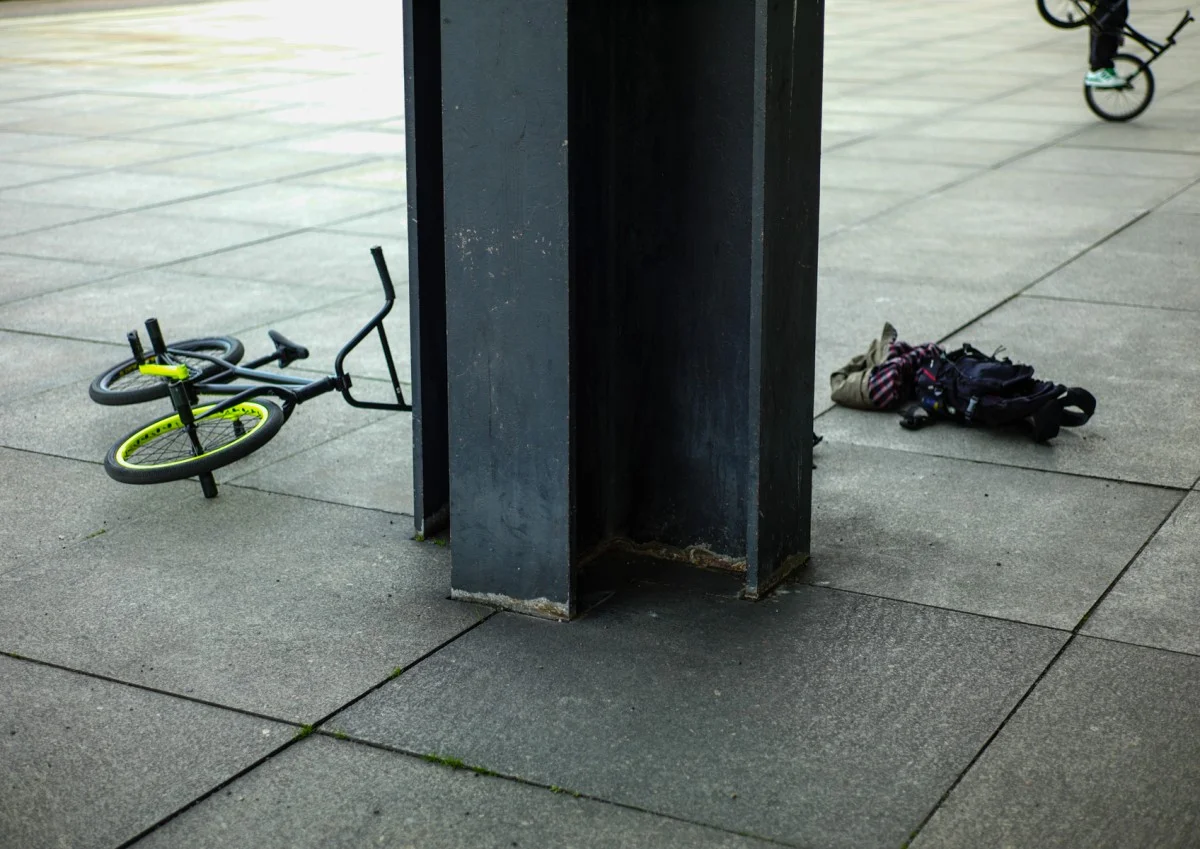
Even the most powerful of Mies' details, the lofty column, can occasionally be brought down to Earth.
What Plazas Are For
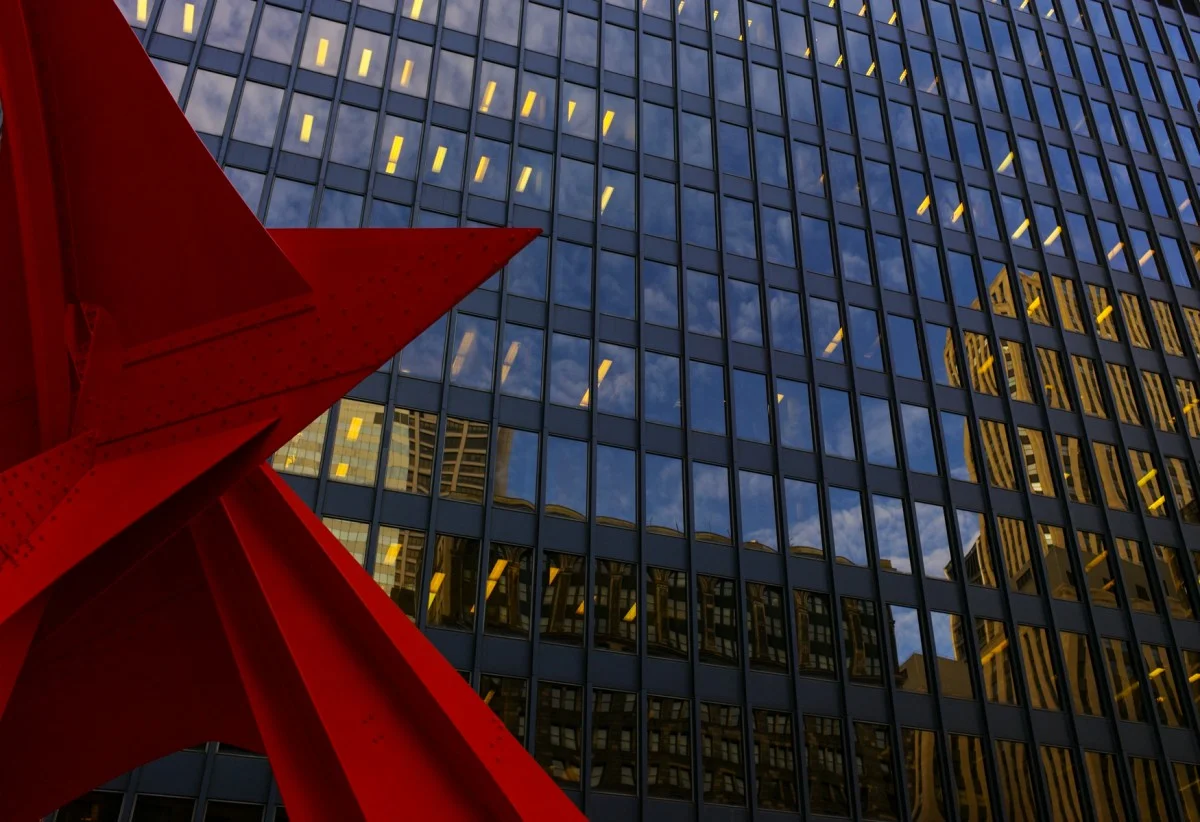
It is Mies' Chicago work I like best, particularly his Federal Center, where the usually taciturn architect engages in a spirited dialogue with Alexander Calder.
Alexander & Mies/1

Alexander & Mies/3
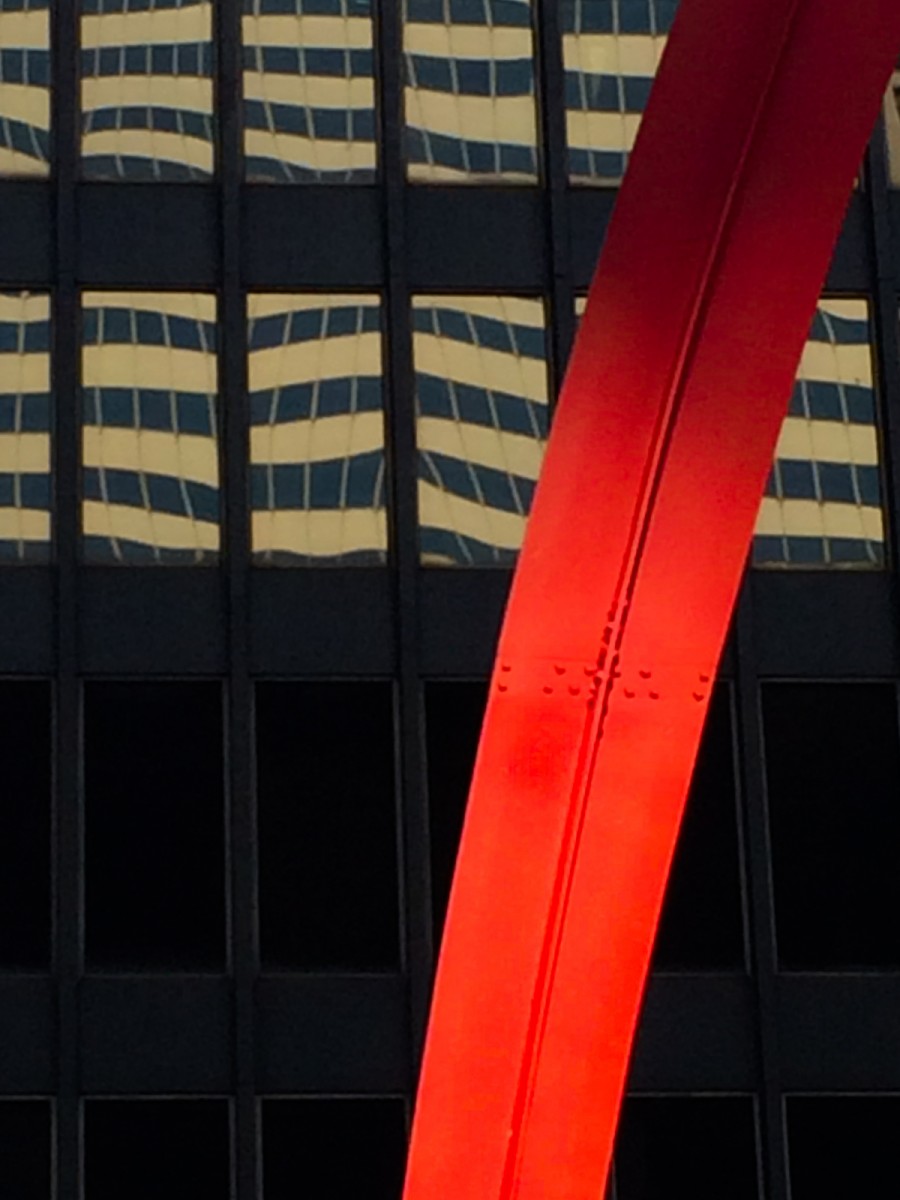
Alexander & Mies/2
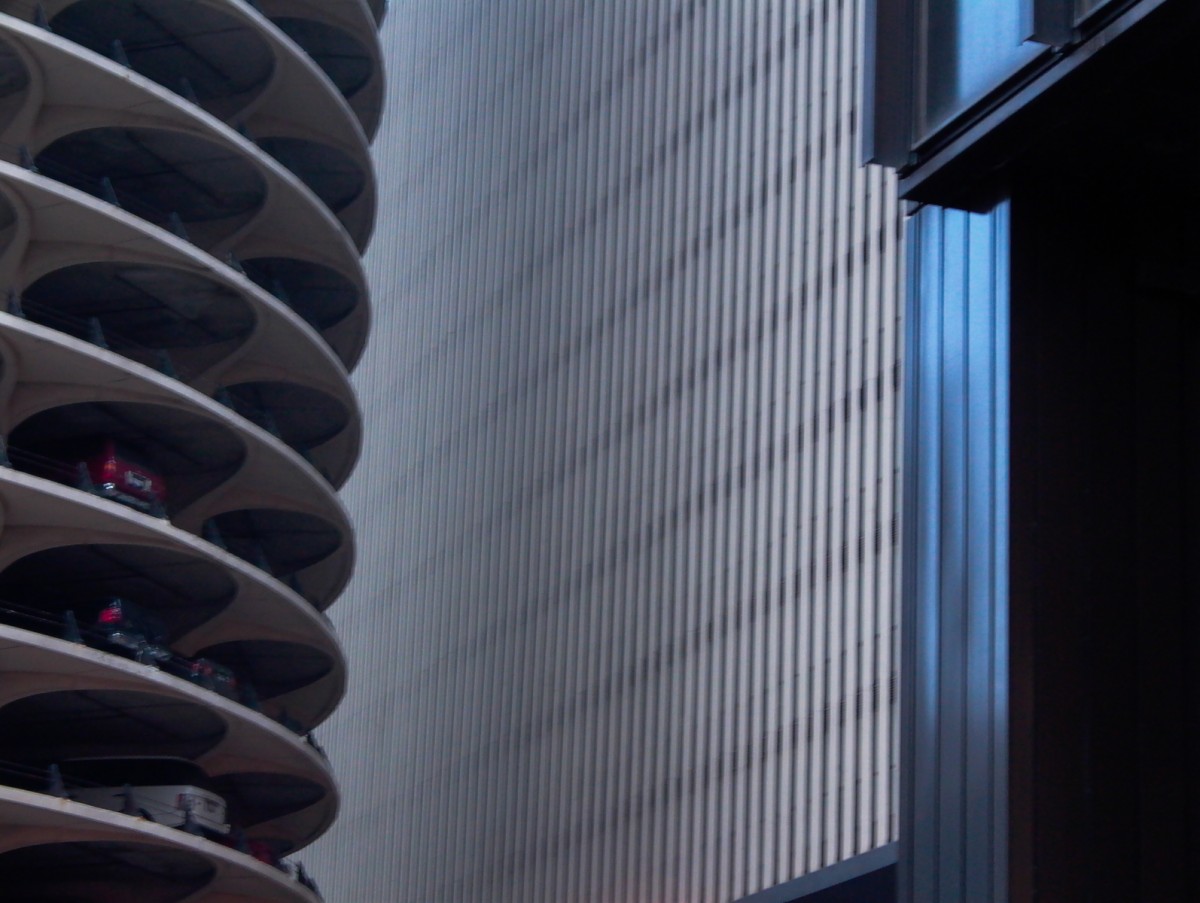
At his last building in North America, the IBM (1973), Mies converses with his student from the Bauhaus, architect Bertrand Goldberg, who according to architecture lore, has the last word: "Mies," Goldberg reportedly once told him, "I just can't do rectangles anymore."
Bertrand & Mies
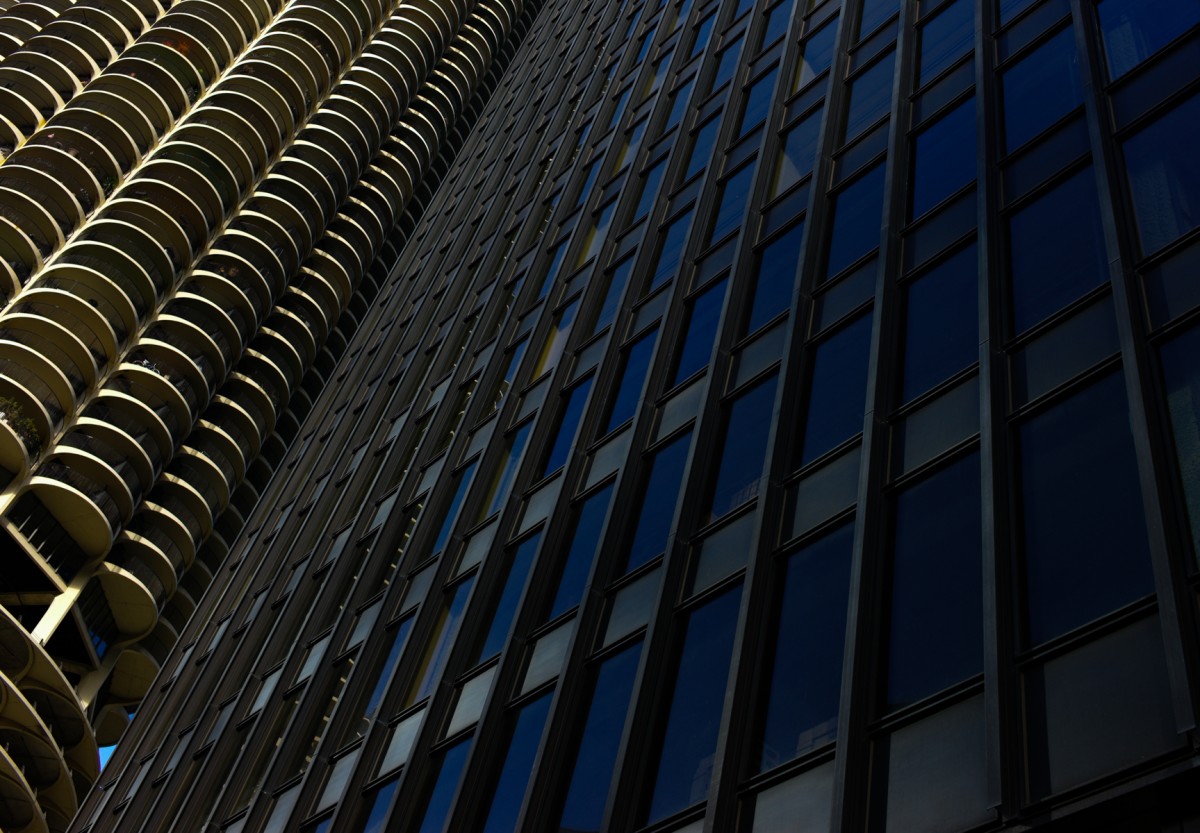
The Confluence of Great Architecture






















I'd always thought it should have been Frank Lloyd Wright who said, "God is in the details," not Ludwig Mies van der Rohe (immortalized in glass at the IIT McCormick Student Center by Rem Koolhaas).
But then I grew up a little, at least as a looker of architecture, and I realized that in refining his work to the smallest, most elegantly restrained details, Mies had a point.
Door detail, Lemke House, Berlin (1933)
Living Room Column and Curtain Detail, Tugendhat House, Brno
Detail, Lemke House
Finding something new to photograph in Mies' work can seem a challenge, because all four sides are usually alike. To the casual observer, many of his buildings appear as perfect copies of each other.
Detail in B+W, Federal Center, Chicago
But there is beauty and serenity to be discovered in the rhythm of regularity and conformity.
Landscape as Seen from Crown Hall, Chicago
Figure Against Orange Wall/2
At Mies' iconic Farnsworth House outside Chicago, the details in which the Almighty resides are everywhere. They've been captured in photographs countless times. What else is there to find?
“They happened upon a strange-looking house in a field.”
Doppelganger: Kitchen
Barcelona Daybed in Farnsworth House
Leaves on Travertine
White Umbrellas and Steel
Some of his buildings at the Illinois Institute of Technology in Chicago, where Mies was Dean of Architecture, are showing their age. But there is something striking about the imperfection of perfection.
Building detail, IIT
Through the orange-colored glass of Koolhaas, Mies' rigid old buildings soften, gaining back some of their youthfulness.
Mies through Filtered Orange
Mies' final building in his lifetime was the Neue Nationalgalerie in Berlin, opened in 1968, a year before his death. A temple for art, and one might say a monument for its architect, its massive 1250-ton roof gazes intently at an elder, more ornate, devoutly religious neighbor.
Where does God really live?
The building's unrelenting glass pattern interacts with surrounding sculpture on the huge plaza inspired by Karl Friedrich Schinkel.
Details: Neue Nationalgalerie, Berlin
Even the most powerful of Mies' details, the lofty column, can occasionally be brought down to Earth.
What Plazas Are For
It is Mies' Chicago work I like best, particularly his Federal Center, where the usually taciturn architect engages in a spirited dialogue with Alexander Calder.
Alexander & Mies/1
Alexander & Mies/3
Alexander & Mies/2
At his last building in North America, the IBM (1973), Mies converses with his student from the Bauhaus, architect Bertrand Goldberg, who according to architecture lore, has the last word: "Mies," Goldberg reportedly once told him, "I just can't do rectangles anymore."
Bertrand & Mies
The Confluence of Great Architecture
